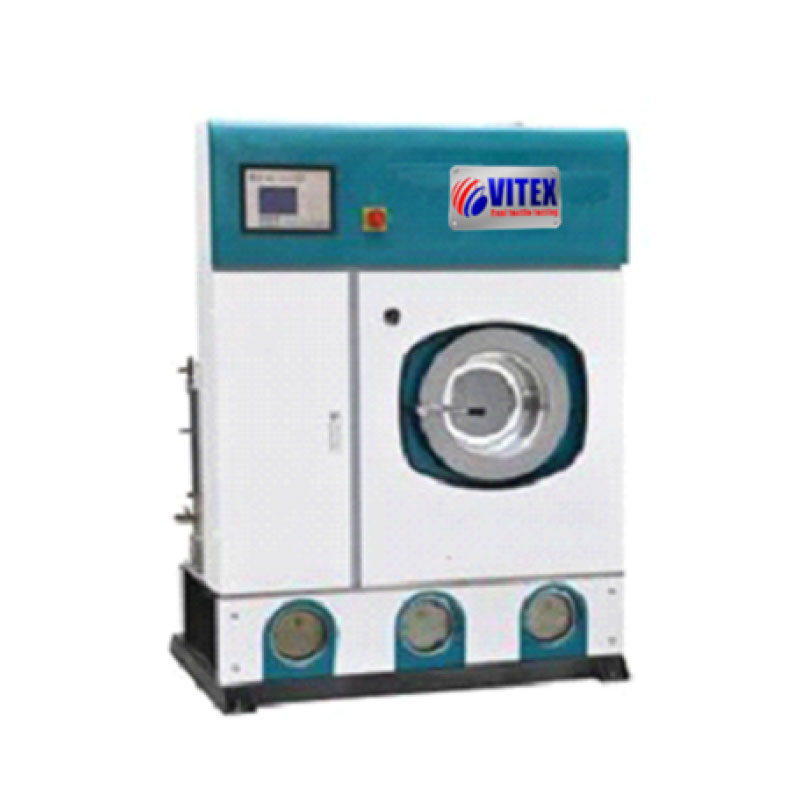Application
Standard Dry-cleaning Machine, used for physical index test of all kinds of fabrics and garments after they are washed by detergent and organic solvent and then dried by oven.
The only one model that totally complied with all major Standards, to truly simulate the standard dry-cleaning condition.
Features
- 16 bit controller, Digital display and program-controlled, Program-controlled Air pressure
valve, Multi failure protection and Alarm. - 5 Built-in, fully-automatic test programs, 1 programmable test program.
- Total sealed pipeline system, Liquid cycle filter design, drying system uses active carbon filter.
- Working parts are made of stainless steel.
- Individual liquid adding tank, automatically measure and add liquid.
Standards
ISO3175.1-1, ISO3175.1-2, AATCC 158, FZ80007.3, GB/T11401.1, FZ/T01083, GB/T 19981.2
Power
220 V 50/60 Hz 7.5KW
Weight
800 Kg
Dimensions
1400 x 1000 x 2000mm (L x W x H)



